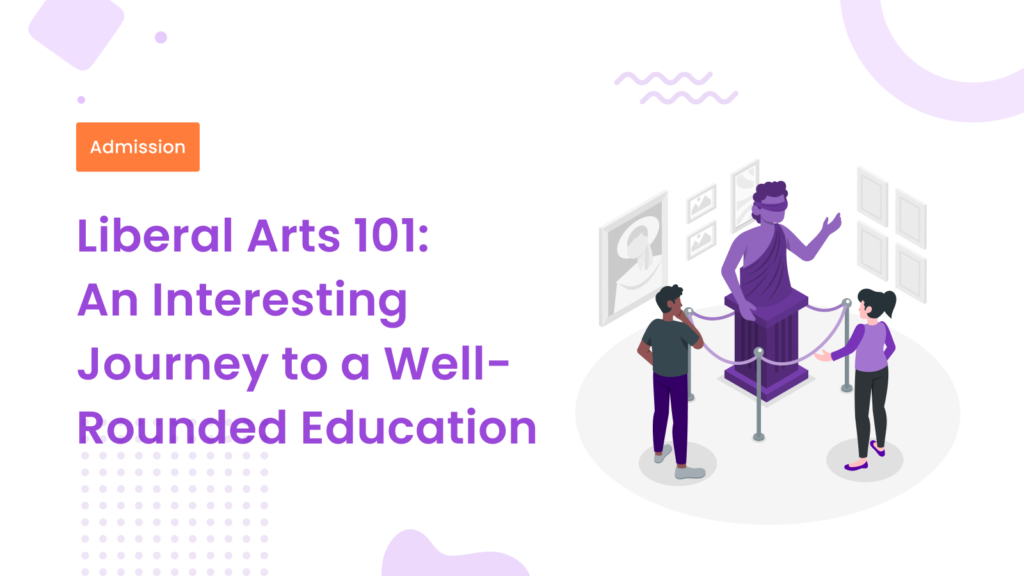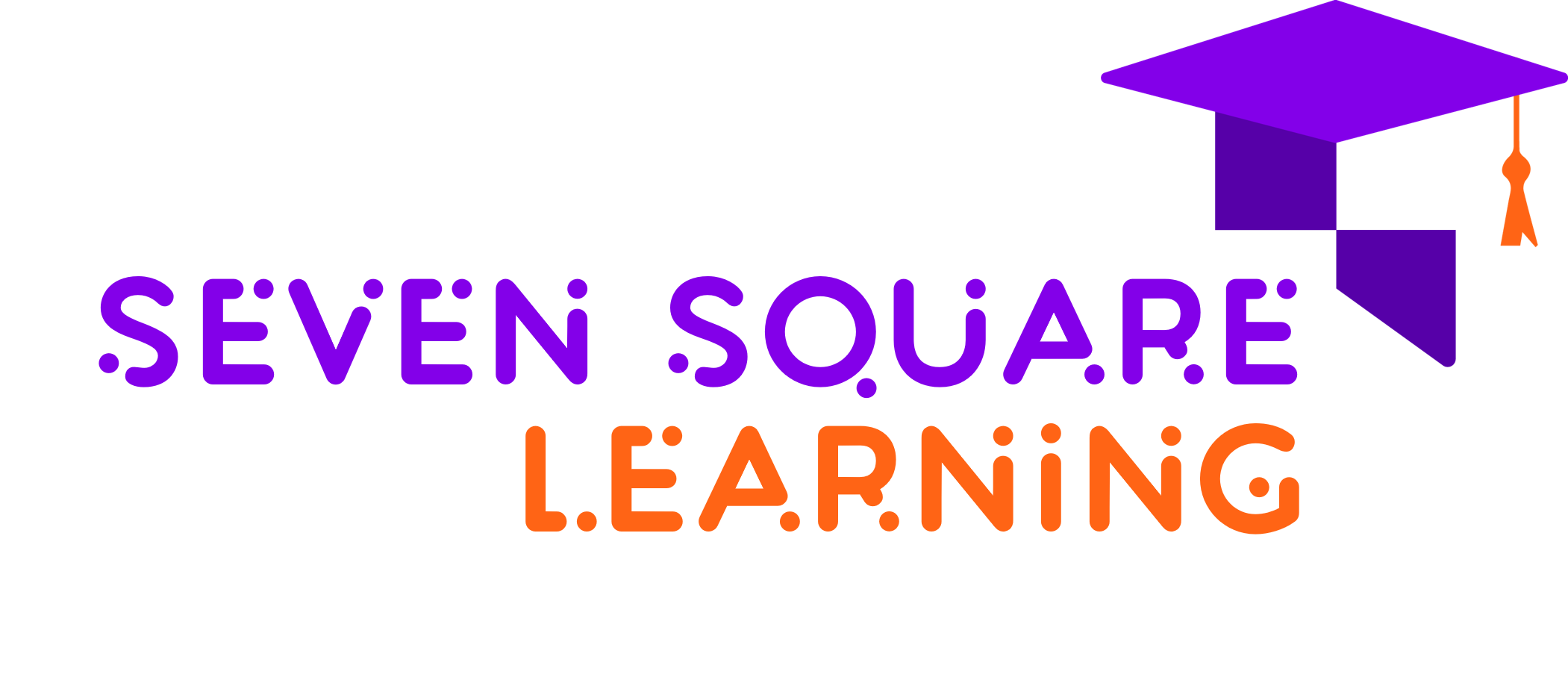
In today’s rapidly changing world, a liberal arts education is more important than ever. Having a well-rounded education, for any degree, is important to make the best use of all of our skills. Engaging with multiple-disciplines can be challenging, but it can be very exciting. Here’s some more information about liberal arts degrees so you can learn how you are suited for it.
What’s Liberal Arts and why should I care?
Liberal arts refers to a broad-based interdisciplinary curriculum in higher education that aims to provide students with a well-rounded education. Drawing literally from the Latin word ‘liberalis’ (‘free’), this field is designed for those who are curious and inquisitive and do not want to be limited to one field of study. Liberal arts teaches a diverse set of skills and knowledge to prepare students for future careers and life.
Liberal arts education focuses on subjects such as humanities, social sciences, natural sciences, mathematics, and the arts. Its goal is to help students develop critical thinking, communication, and problem-solving skills. Courses in liberal arts can range from history, literature, psychology, sociology, mathematics, and natural sciences to the arts, like theater, music, and visual arts. Students can choose courses that match their interests and career goals, whether it’s a specific field or a mix of different subjects. This curriculum provides a diverse and holistic education that prepares students for many career paths and life experiences. And what’s more, with choices giving you the best of many fields, the world is really your oyster!
What else is special about Liberal Arts?
One of the best things about choosing a liberal arts degree is that students learn in a subject-rich environment. These courses encourage you to push the limits of your thinking and look at many concepts, issues and subjects in an entirely different way. Your approach to, say engineering, changes because you might look at it technically and critically.
The interdisciplinary approach is perhaps the most special characteristic about these degrees. By taking this approach to learning, it encourages students to view connections and relationships between different subjects. By doing so, students become more sensitive to problem-solving since they can apply their knowledge to get unique results.
Next, liberal arts education emphasizes critical thinking by teaching students to analyze information, arguments, and perspectives. It asks students to analyze and evaluate information, arguments, and perspectives. This prepares them to make informed decisions and solve complex problems.
Another specialty about liberal arts is the prospects these degree holders have. These degrees do not provide specific training for a particular career. Nevertheless, they provide a foundation of knowledge and skills that’s useful in many different fields. This makes liberal arts graduates well-prepared for a wide range of careers and helps them adapt to changes in the job market.
While most courses ensure students are well-versed in their subject matters, these courses do not stop there. Liberal arts education not only prepares students for careers, but it also focuses on personal growth and developing lifelong learning skills. It fosters a love of learning, but also provides a solid intellectual foundation. This allows students to become well-rounded individuals and continuously grow and evolve.
This sounds great! What colleges offer Liberal Arts courses?
The open-ness of a liberal arts course is definitely alluring, but there are certain requirements for a ‘free’ course as well. You need to be well-read, or possess strong reading and writing skills, along with good critical thinking, communication skills. You must also possess a strong work-ethic because most liberal arts courses expect you to do research in your chosen fields and excel at it. Research is at the core of every job in the world today – and for liberal arts students, this is the most crucial aspect.
This is where your SAT and ACT scores prove handy because liberal arts colleges look for candidates that have good scores in the reading and critical thinking/analysis category.
That being said, here’s a list of colleges offering liberal arts courses in the US:
| College Name | Location | SAT Range | ACT Range |
| Amherst College | Amherst, MA | 1430-1560 | 32-35 |
| Barnard College | New York, NY | 1350-152 | 31-34 |
| Bowdoin College | Brunswick, ME | 1360-1510 | 31-33 |
| Claremont McKenna College | Claremont, CA | 1330-1500 | 31-34 |
| Davidson College | Davidson, NC | 1300-1460 | 30-33 |
| Harvey Mudd College | Claremont, CA | 1490-1570 | 34-35 |
| Haverford College | Haverford, PA | 1360-1520 | 32-35 |
| Middlebury College | Middlebury, VT | 1340-1520 | 31-34 |
| Pomona College | Claremont, CA | 1390-1540 | 32-35 |
| Swarthmore College | Swarthmore, PA | 390-1540 | 31-34 |
| United States Military Academy at West Point | West Point, NY | 1210-1440 | 28-33 |
| Wellesley College | Wellesley, MA | 1350-1520 | 31-34 |
| Williams College | Williamstown, MA | 1410-1550 | 32-35 |
It’s worth noting that these rankings can change from year to year, and different organizations may have slightly different criteria for what constitutes a top liberal arts college. Additionally, what constitutes the best fit for a student will vary based on individual needs, interests, and goals. Therefore, it’s always a good idea to research and compare multiple sources before making a final decision.
It is also important to keep your skills sharp when getting into a liberal arts course. The one way to get closer to this is by achieving good SAT/ACT scores, especially in the reading section. We at Seven Square Learning offer tutoring services tailored to help you conquer these exams along with more resources and other services. Check out our website to learn more!
For tips on preparing for your SAT and ACT, check this, this, and this out.






